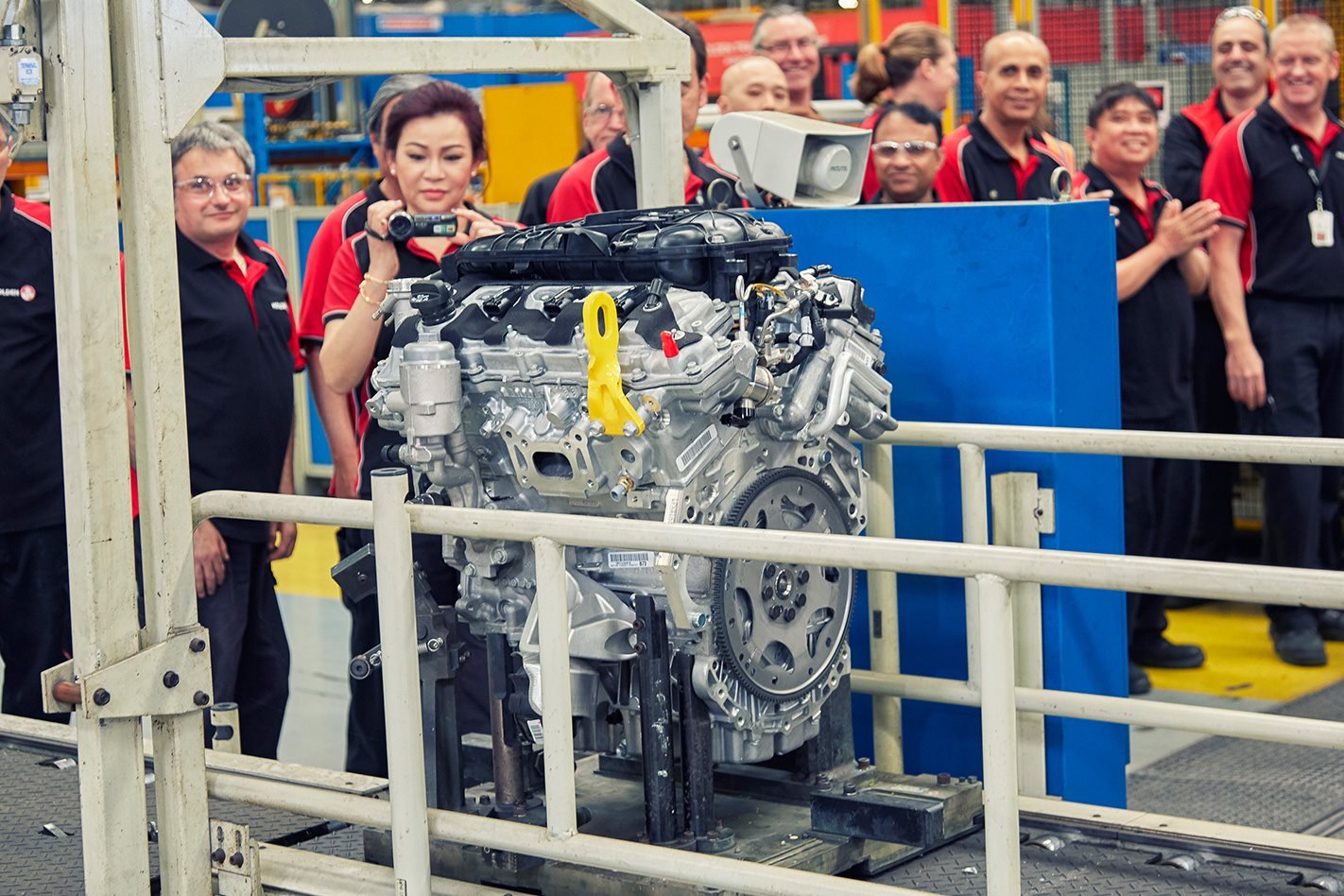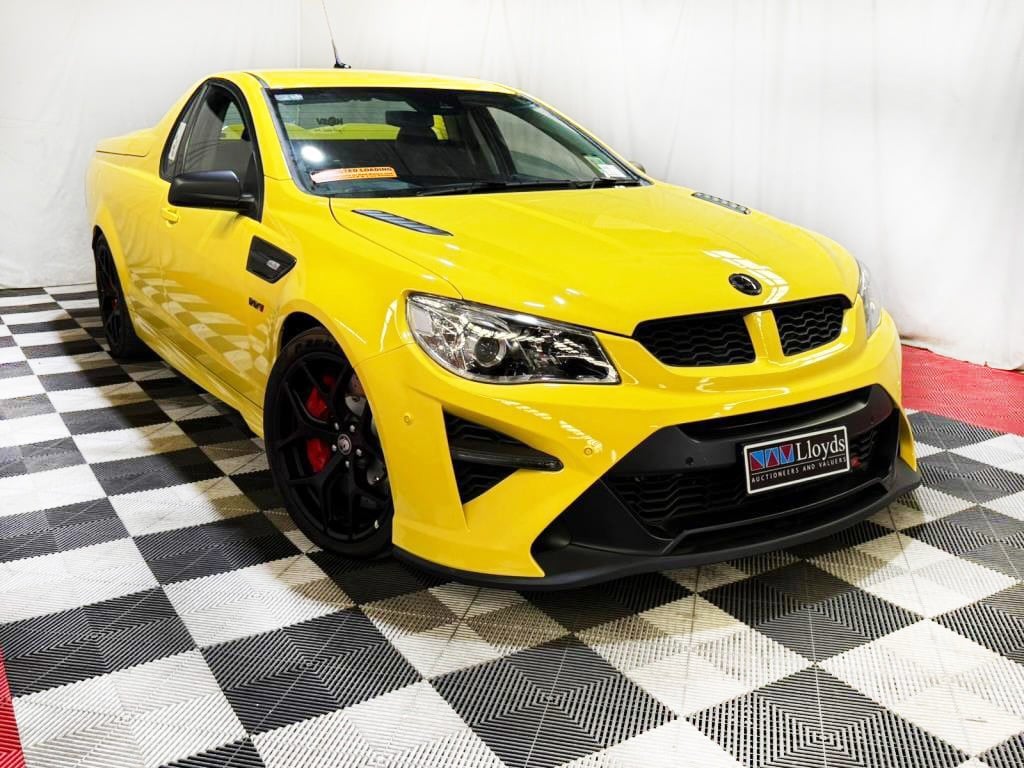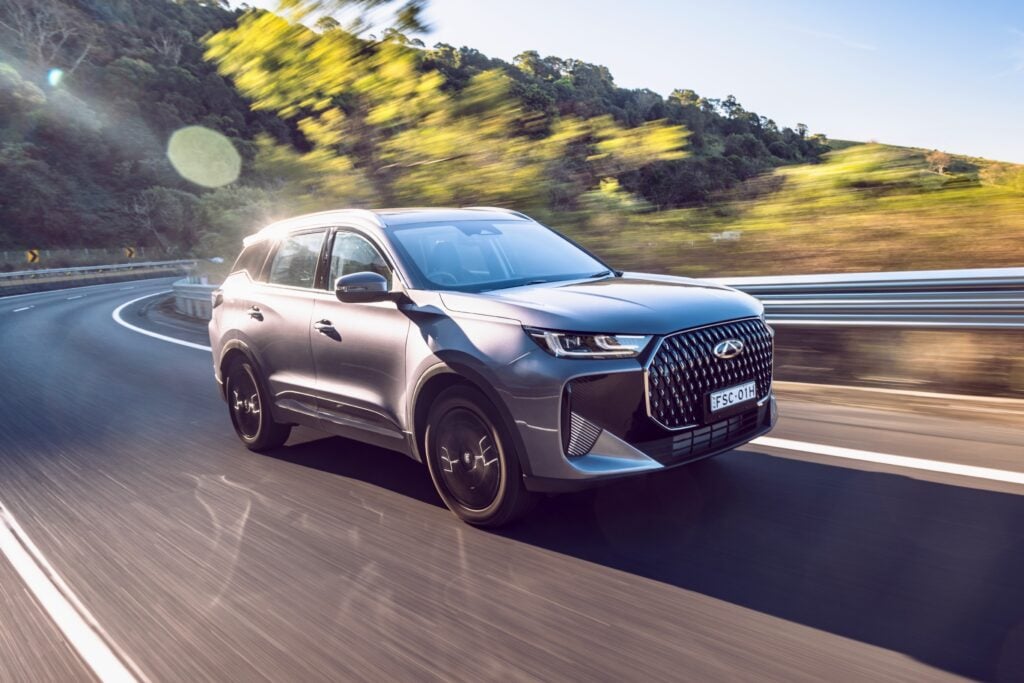HOLDEN has built its last V6 engine as the carmaker prepares for the end of almost 40 years of Holden Commodore production in Australia.
HFV6 engine build number 1,137,282, completed about 11am today and laser-etched with “LAST ONE 29/11/17″, will become a museum piece as part of Holden’s heritage collection, ending an association with the Fishermans Bend site dating back to 1948 and the birth of the Australian car industry.
Today’s announcement is a bittersweet moment for the 175 staff made redundant by the engine plant closure. Earlier this year, they were awarded the top prize for Most Valuable Plant for Productivity across GM International, the arm of General Motors that manages the Australian assets.
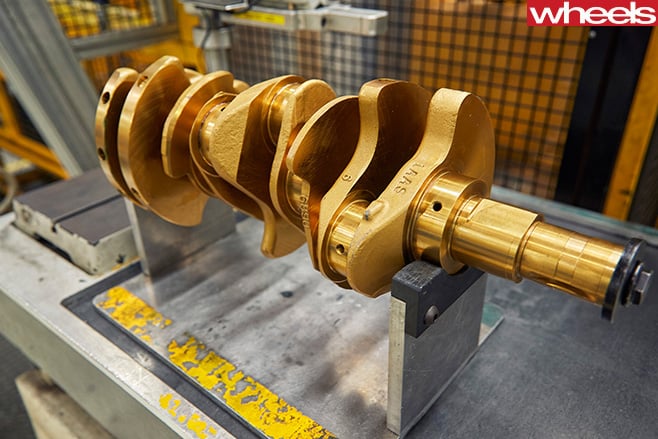
It said it had also ensured there was at least a decade of spare parts to look after warranty and servicing needs.
Production of the High Feature V6 at Holden Engine Operations started in 2003. Of the more than 1.1 million engines built, almost 700,000 joined Australia’s car parc, with 437,000 others making their way to export markets including South America, the Middle East and China.
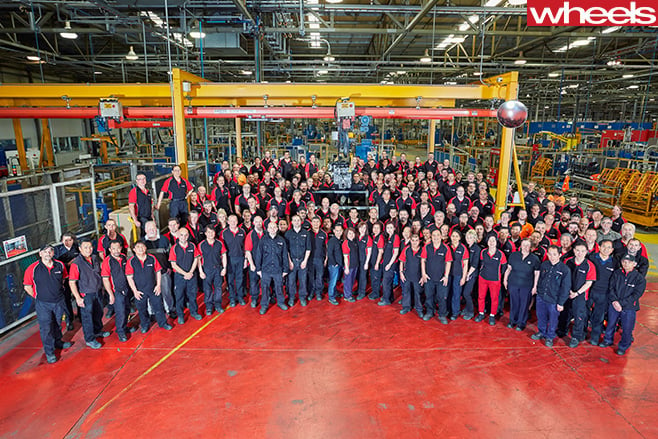
Most of the exports made their way under the bonnets of Pontiac and Chevrolet-badged Commodores, although they were used under the bonnets of JTS-badged Alfa Romeos as a 3.2-litre V6.
Holden’s big announcement with the arrival of the Holden VE Commodore in 2006 was the expansion of the engine range to include a more economical 3.0-litre version of the V6 to keep the Commodore fleet-friendly in a world that was moving towards lower fuel use.
Over its life, the engine has also been tuned to run on LPG – making it a favourite of the taxi fleets – and lived through a short-lived attempt to introduce Australia to E85 fuel – a blend of up to 85 percent ethanol and 15 percent petrol – that never fired with buyers.
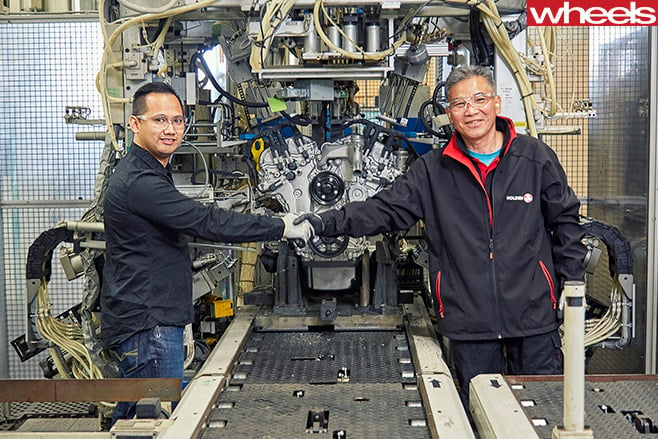
Over its almost 70-year life, the Port Melbourne-based engine casting plant has produced more than 10 million engines.
In 2002 Holden announced a $2 billion, five-year vehicle and engine plant capacity expansion program as it ramped up for exports of rebadged, V6-engined left-hand-drive Commodores as Pontiacs to the US.
Those plans came unstuck shortly after the export program was launched as the global credit crunch of 2008 took hold, forcing Holden’s parent, General Motors, into bankruptcy.No date has yet been set for the final day of Commodore production, although Holden is believed to be looking at either late in October or early November as the best timing for the shutdown.Holden has invited buyers to snap up parts of the plant after selling the site it sits on to the State Government for $130 million. According to the carmaker, General Motors will look at what parts can be used in other GM-owned plants overseas before selling off the remaining assets.
POWER PLAY: Holden’s engines over time
| 1948 | 48-215 released as first Australian-designed car with a 2.15-litre in-line six-cylinder engine cast at Port Melbourne. The u2018Grey Motoru2019 would power Holdens until EJ model in 1962. |
| 1963 | Holden introduced the new straight six Red Motor which would be the mainstay powerplant through to the Commodore era. |
| 1969 | Holden produces its first V8 engine. |
| 1980 | The Blue Motor, an updated version of the Red Motor is introduced. |
| 1984 | Black Motor introduced. It was essentially a Blue Motor with electronic spark timing and was the last straight six built at Fishermans Bend. |
| 1985 | VK Commodore is the last to feature locally produced Holden six-cylinder engine. |
| 1986 | VL Commodore launches with a Nissan engine |
| 2003 | $400 million HFV6 engine plant opens in Port Melbourne. Exports to Korea, China and Mexico start. |
| 2010 | Holden introduces a 3.0-litre version of the V6 as fleet buyer focus swings to fuel use. |
| 2013 | Holden announces it will quit local carmaking in 2017. |
| 2014 | One millionth HFV6 built. |
| 2016 | Holden builds its last HFV6 engine, number 1,137,282. |

